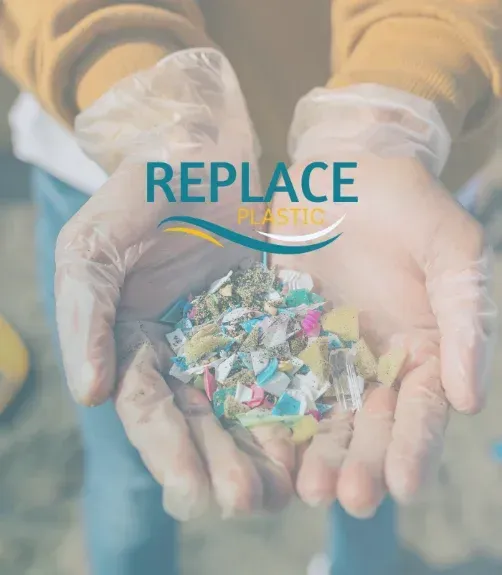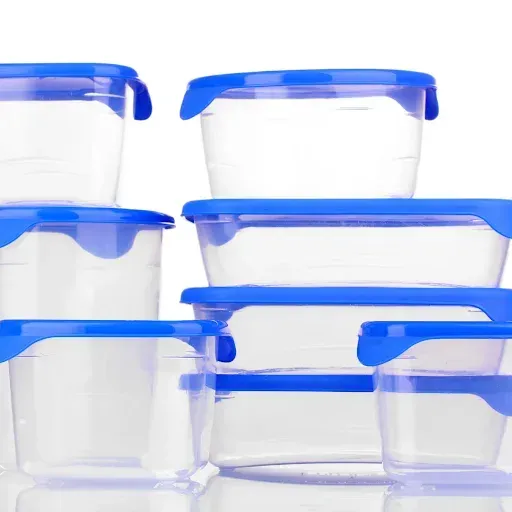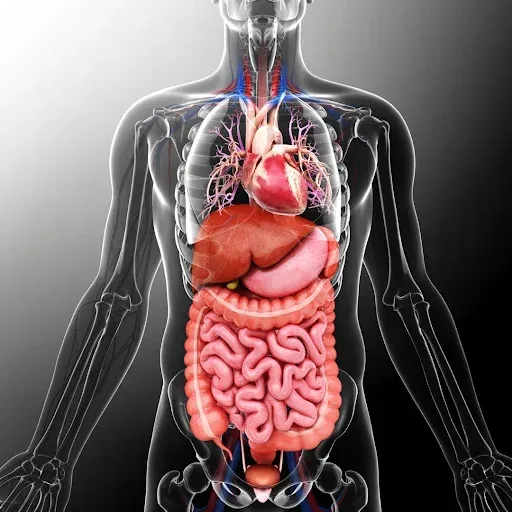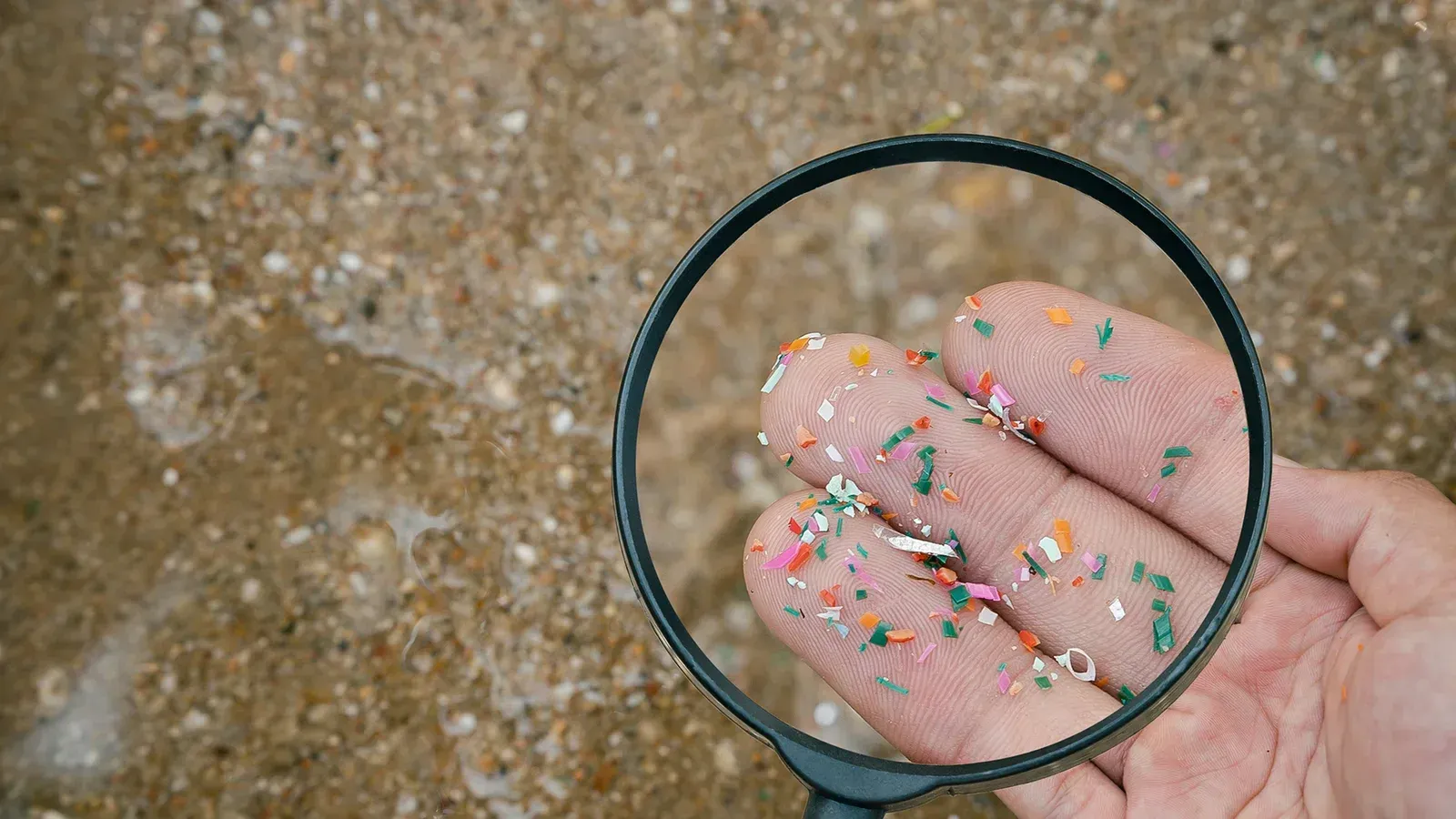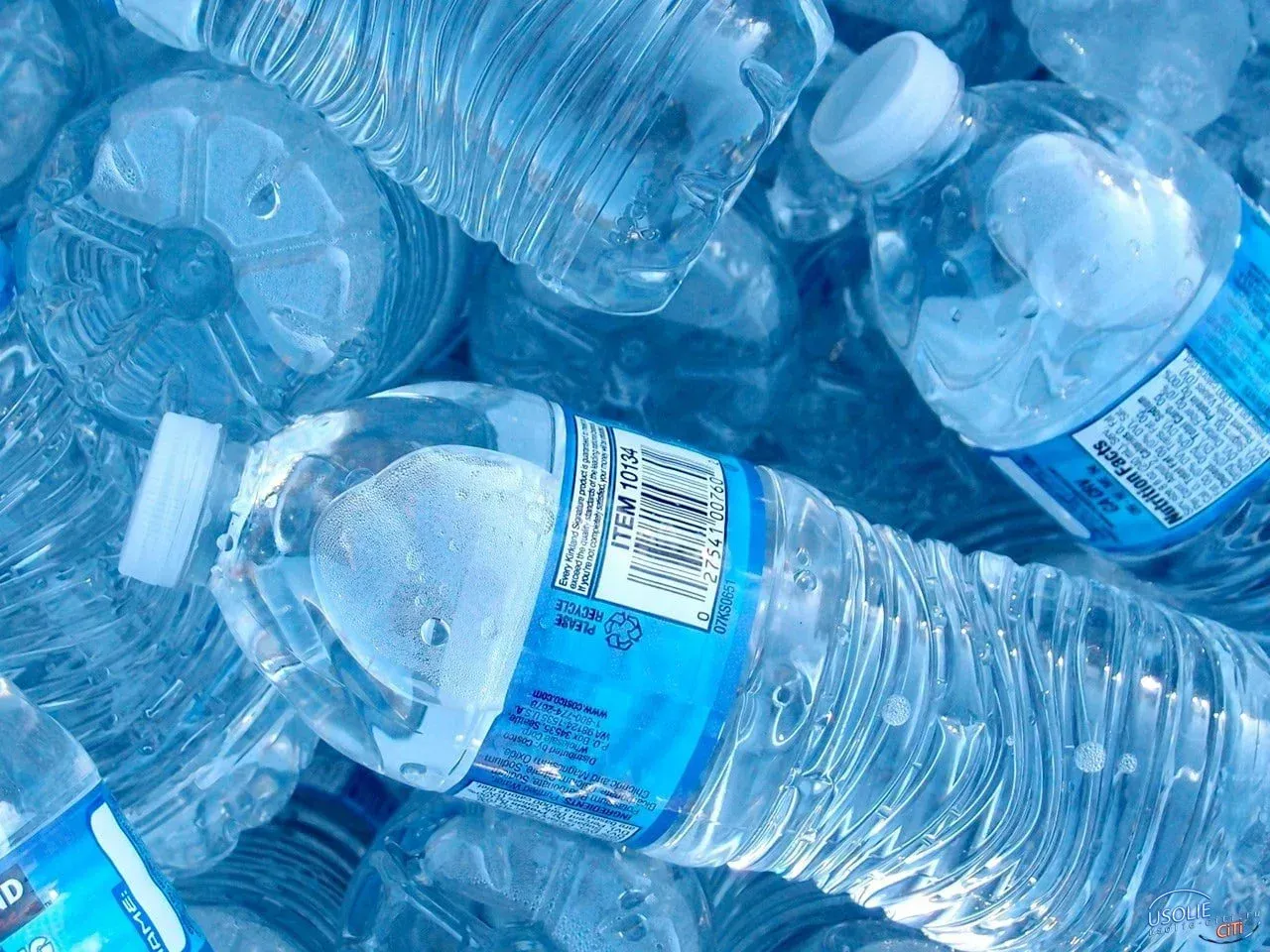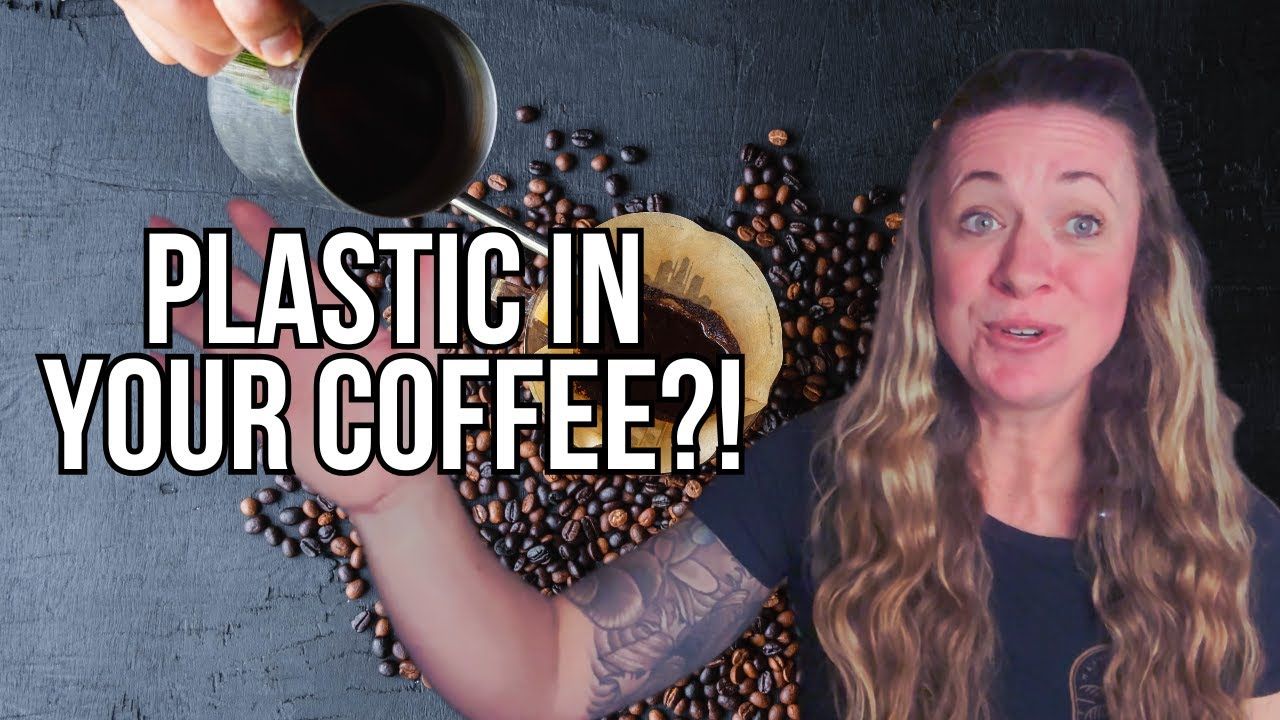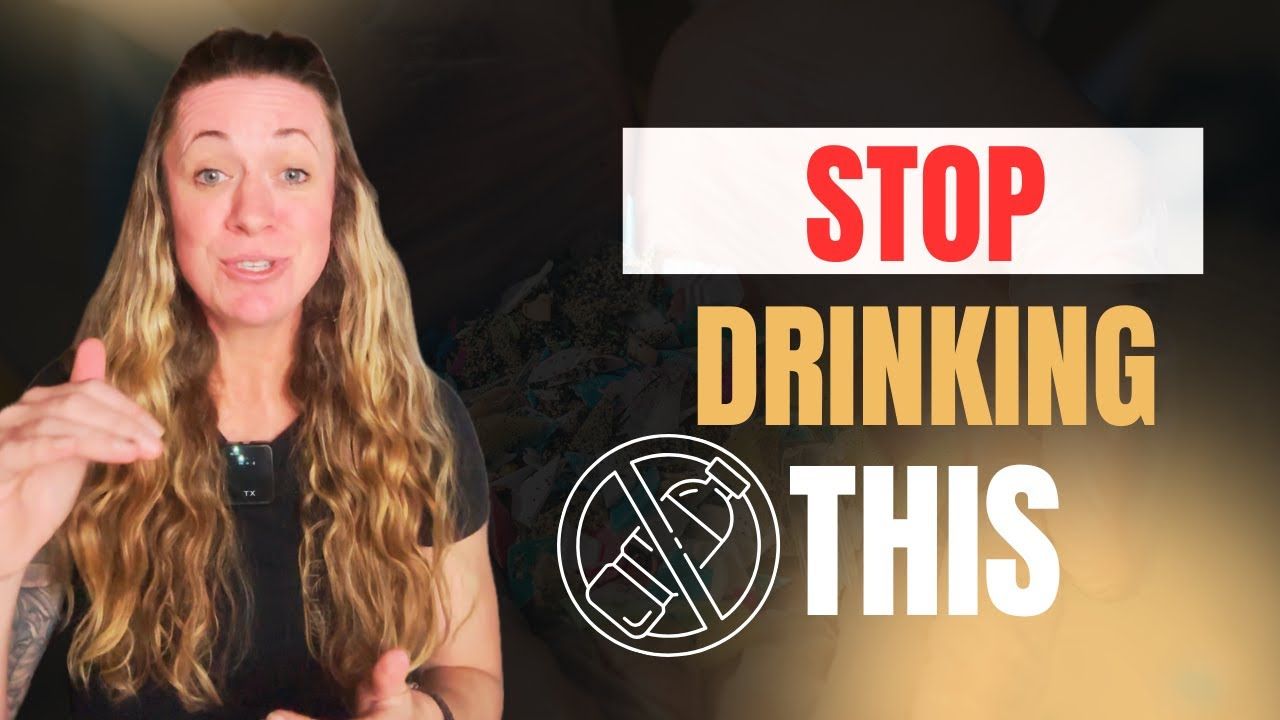Are Plastic Cutting Boards Safe? The Hidden Risks & Better Alternatives
Affiliate Disclosure: This article contains affiliate links. If you purchase a product through these links, we may earn a small commission at no extra cost to you. Check out our complete Replace Plastics Top Picks for more eco-friendly alternatives.
Cutting boards are a staple in every kitchen—used daily for chopping fruits, vegetables, meats, and more. Plastic cutting boards are popular for their affordability and ease of cleaning. However, emerging evidence suggests that these boards may release tiny plastic particles into your food over time, raising potential health concerns. In this post, we’ll explore whether plastic cutting boards are truly safe, what risks they might pose, and which eco‑friendly alternatives could be a better fit for your kitchen.
Are Plastic Cutting Boards Safe? What You Need to Know
Plastic cutting boards are typically made from materials like polyethylene or polypropylene. Initially, these materials are considered food‑safe, but repeated use with sharp knives creates microscopic cuts and grooves on their surfaces. Over time, these damaged areas can break down into tiny plastic fragments—microplastics—that may mix with your food.
How Plastic Cutting Boards Release Microplastics
Every time you slice or chop on a plastic board, you’re causing minor abrasions. These abrasions can eventually cause the board to shed microscopic plastic particles. When food comes into contact with these surfaces, it can pick up these particles, potentially increasing your overall microplastic exposure.
Potential Health Concerns of Plastic Cutting Boards
While research on microplastics and long‑term health effects is still evolving, there are several concerns regarding continuous exposure:
- Chemical Exposure:
Microplastics may carry chemicals like BPA (Bisphenol A) and other additives that can leach from the plastic. BPA is an endocrine disruptor that can interfere with hormone function. - Digestive Impact:
Ingested microplastics might accumulate in the digestive system over time. Although your body may eventually excrete these particles, the long‑term effects remain uncertain.
Using plastic cutting boards occasionally may not pose a significant risk, but frequent use can lead to higher exposure levels.
Safer Alternatives to Plastic Cutting Boards
If you’re concerned about the potential risks of plastic, consider these better alternatives:
2. Wooden Cutting Boards
Wooden boards—especially those made from hardwoods like maple or walnut—are another excellent option. They are naturally antimicrobial, less prone to deep grooves, and can be maintained for years with proper care.
3. Tempered Glass Cutting Boards
Glass boards are highly resistant to scratches and don’t develop grooves that can harbor bacteria or microplastics. Keep in mind that glass may be harsher on your knives and could be noisier during use.
Tips for Maintaining Your Cutting Board
No matter which type you choose, proper care is key to ensuring your cutting board lasts and remains safe:
- Regular Cleaning:
Hand wash your board after each use with hot water and a mild detergent. Avoid prolonged soaking, which can damage the material. - Avoid the Dishwasher:
High heat and harsh detergents in dishwashers can accelerate the breakdown of plastic boards and damage wood or bamboo boards. - Oiling Wooden and Bamboo Boards:
Apply food‑safe mineral oil regularly to help prevent cracks and reduce bacterial buildup.
Ditch Your Plastic Cutting Board
While plastic cutting boards offer convenience and low cost, the potential for microplastic release and chemical leaching is a growing concern—especially for those who use them frequently. Switching to eco‑friendly alternatives like bamboo, wood, or tempered glass can not only reduce your exposure to harmful microplastics but also provide a more sustainable option for your kitchen.
For more ideas on reducing plastic use in your home, be sure to check out our Replace Plastics Top Picks. Small changes in your kitchen can lead to a healthier lifestyle and a cleaner environment.
